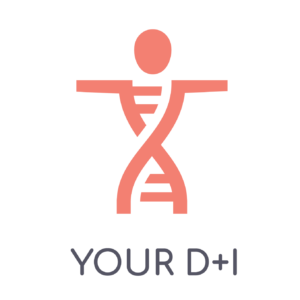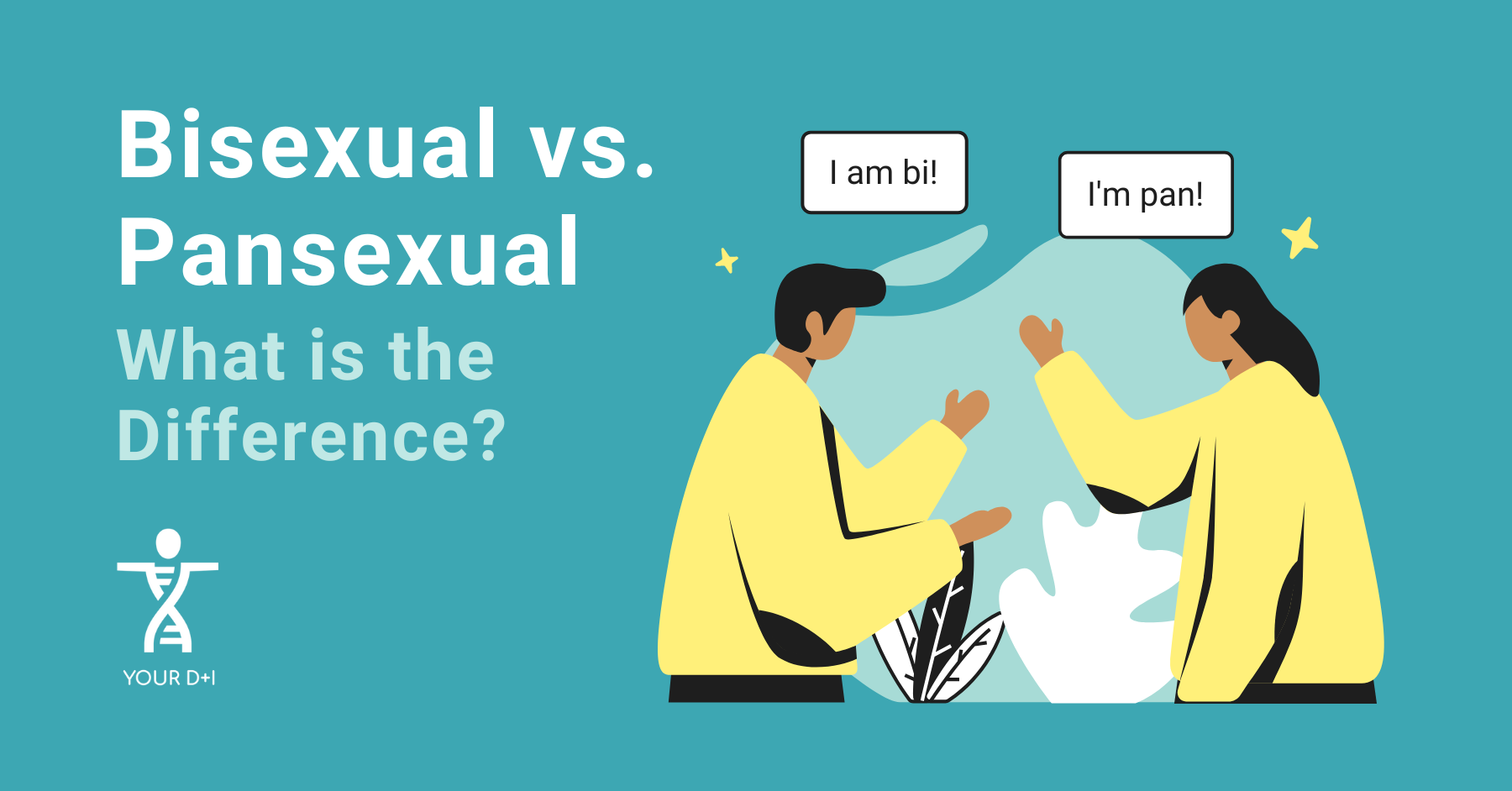Bisexual vs. Pansexual: What is the Difference?
For new members or allies of the LGBT+ community, learning about all the different identities can be somewhat overwhelming. There are even words, such as bisexual and pansexual, with very similar definitions. In today’s blog, we’re going to be diving into the identities of bisexual and pansexual. We’re going to help you understand the difference and, perhaps more importantly, how you can be respectful of each.
Diving in with definitions
To begin, let’s go over the definitions of both bisexual and pansexual. And since we’re already talking chronology, we’re going to begin with the oldest of the two terms. The word ‘bisexuality’ has been around for as long as the terms ‘homosexuality’ and ‘heterosexuality’. All three words were coined by Charles Gilbert Chaddock in the 19th century. Chaddock defined bisexuality as the attraction to both men and women, but this definition has evolved slightly over time.
In the 21st century, bisexuality is usually defined as the attraction to two or more genders. Some believe that one of these genders should be the same as your own. If you’re confused about what we mean by ‘more’ genders, check out our Myth Busting: Non-Binary blog. For some, bisexuality means attraction to those of any gender. This brings us to the definition of pansexual…
Unlike bisexuality, pansexuality is generally considered to have one, more universal definition. This is that pansexual people are attracted to people of all genders – regardless of gender. One nuance that can be added to this is the concept of gender-blindness. This describes how pansexual people don’t consider (or see) gender when it comes to who they are attracted to. Pansexuality is thought to have first been used in a way resembling its current definition around the 1970s.
Pinpointing the polarity
So, what exactly is the difference between bisexuality and pansexuality? From their definitions, you may be able to pinpoint a slight difference or two, mostly in their phrasing. However, you may also notice that there is a lot of overlap, which we will come back to later.
One difference between bisexual and pansexual people is that, while pansexuals are attracted to those of all genders, some bisexuals are not. For example, some bisexual people may only be attracted to women and non-binary people. This means they probably don’t fit pansexuality’s definition of being attracted to all genders.
Another difference between the two sexualities is the idea of being attracted ‘regardless’ of gender that comes with pansexuality. For pansexuals, gender isn’t a contributing factor in whether or not they are attracted to someone. While bisexuals can (and many do) feel this way too, it is not an essential part of bisexuality.
Due to a widespread myth, it was once believed that there was another major difference between bisexuality and pansexuality. We discuss this myth in more detail in our Myth Busting: Pansexuality blog. However, it basically stated that bisexuals cannot be attracted to trans and non-binary people, while pansexuals can. This was based on the idea that bisexuality is the attraction towards two genders (male and female) and that trans people cannot fit into these categories, none of which is correct.
Considering the commonalities
We’re now going to discuss the many major similarities between bisexuality and pansexuality. The most obvious commonality is that many bisexuals and pansexuals are all attracted to people of any gender. While the language around each identity differs slightly, the end result is very often the same.
Where there should not be similarity, then, is in the process of attraction. And that may be the case – even bisexuals attracted to all genders may have preferences for dating people of a certain gender. However, while pansexual people do not have preferences on who they are attracted to, there is also nothing to say that pansexual people cannot also have preferences in who they date.
These commonalities are why there is so much confusion between bisexuality and pansexuality and why some consider them different words for the same thing. Nevertheless, we must remember that bisexuality also includes those attracted to two or more but not all genders.
Those attracted to all genders, however, may have other reasons for not identifying as pansexual. As a bisexual myself, the definition of pansexuality does fit me, but the word bisexual just feels right. I also like the history and instant recognisability that bisexuality has.
Similarly, just because bisexuality can include all genders, this doesn’t mean people shouldn’t identify as pansexual if that is what feels right to them. While bisexuality is also trans and non-binary inclusive, some pansexuals also like that their sexuality instantly communicates that they are attracted to non-cisgender people.
Reaching respect
Now we’ve explored what it means to be bisexual or pansexual, how can we apply it? We’ve established that bisexuality and pansexuality are alike, but how can we use this knowledge in the real world? Well, the most important thing to take away from this blog is that what makes a person bisexual or pansexual is that they identify as such.
If someone tells you they’re bi, don’t try and figure out if they’re actually pan, and vice versa. Differentiating between pansexuality and bisexuality often just comes down to the person. And it doesn’t matter if other people think a different word or identity would be a better fit.
Of course, it’s good to remember bi isn’t just the attraction to men and women (learn more in Myth Busting: Bisexuality). But the main thing is to simply respect how other people identify. You can learn more specific ways to do this for each identity in the blogs we’ve already mentioned.
Extending your education
Hopefully, this blog has helped you learn a little more about both bisexuality and pansexuality and how to differentiate between the two. I also hope it has given you an idea of what it means to show respect for others’ sexualities. To learn about more LGBT+ terminology and identities, check out our Myth Busting: LGBT+ blog series! We also offer online and in-person workplace training on diversity and inclusion topics, including LGBT+ language.


